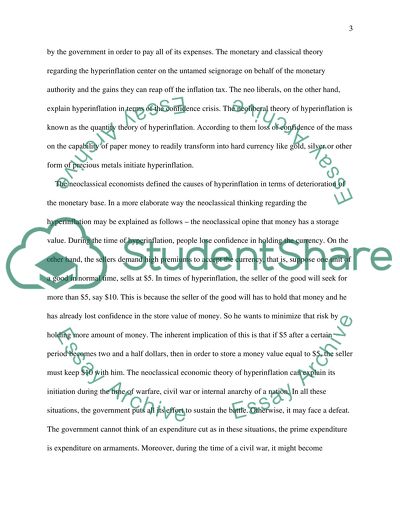Cite this document
(What Factors lead to hyperinflations and what can be done to eliminate Coursework, n.d.)
What Factors lead to hyperinflations and what can be done to eliminate Coursework. https://studentshare.org/macro-microeconomics/1545203-what-factors-lead-to-hyperinflations-and-what-can-be-done-to-eliminate-them
What Factors lead to hyperinflations and what can be done to eliminate Coursework. https://studentshare.org/macro-microeconomics/1545203-what-factors-lead-to-hyperinflations-and-what-can-be-done-to-eliminate-them
(What Factors Lead to Hyperinflations and What Can Be Done to Eliminate Coursework)
What Factors Lead to Hyperinflations and What Can Be Done to Eliminate Coursework. https://studentshare.org/macro-microeconomics/1545203-what-factors-lead-to-hyperinflations-and-what-can-be-done-to-eliminate-them.
What Factors Lead to Hyperinflations and What Can Be Done to Eliminate Coursework. https://studentshare.org/macro-microeconomics/1545203-what-factors-lead-to-hyperinflations-and-what-can-be-done-to-eliminate-them.
“What Factors Lead to Hyperinflations and What Can Be Done to Eliminate Coursework”. https://studentshare.org/macro-microeconomics/1545203-what-factors-lead-to-hyperinflations-and-what-can-be-done-to-eliminate-them.


